My Hive Blog - 22 : Experiencing the Healing Power of Foot Reflexology Therapy
Hello my dear friend @sanjeevm and Also My HIVERS friends and also @asean.hive community friends.
I hope you are all is very happy and enjoy your life with your family and also your health are very amazing.
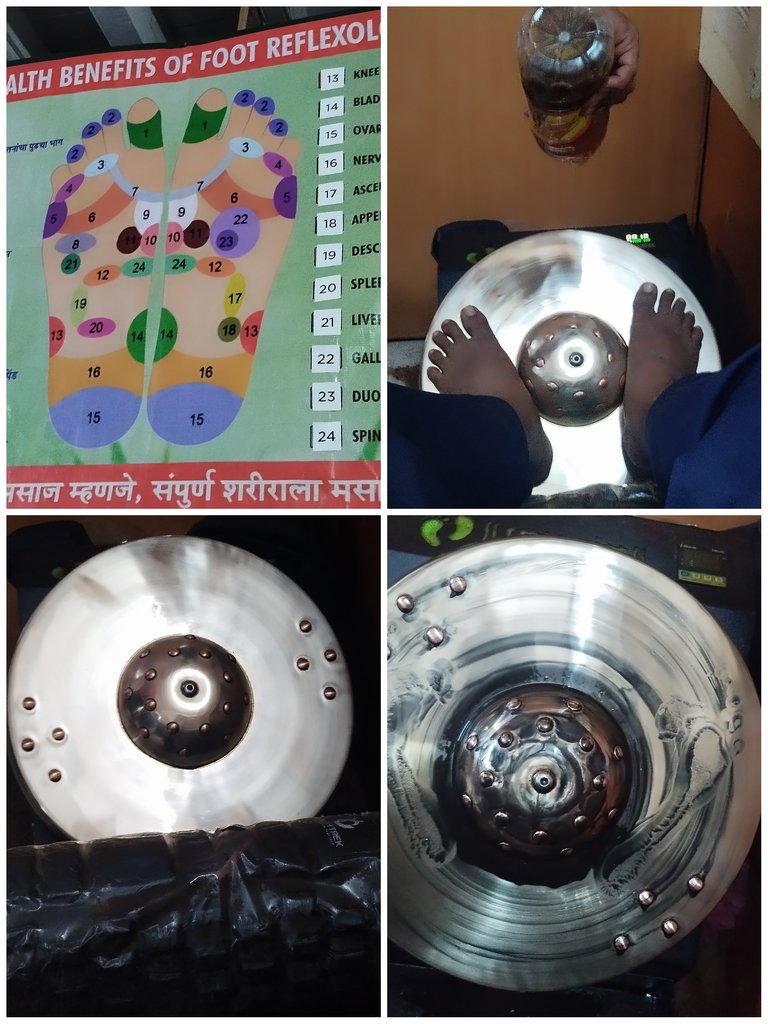
Life today is full of stress, busy schedules, and constant physical as well as mental demands. In such times, finding a natural and effective way to relax the body and mind is very important. Recently, I started practicing foot reflexology therapy, and I must say, the results have been nothing less than amazing. I not only feel deeply relaxed but also more energetic, balanced, and healthier. This blog shares my experience with reflexology, its history, techniques, and the wide range of benefits it can bring into our daily lives.
What is Foot Reflexology?
Foot reflexology is a natural therapy that involves applying gentle pressure to specific points on the feet. These points are believed to correspond with different organs and systems of the body. By stimulating them, reflexology helps restore balance, improve circulation, release stress, and support the body’s natural healing processes.
It is based on the principle that our feet are like a mirror of our body. Each area on the foot connects with different body parts. For example, the tips of the toes reflect the head, while the heart and chest are connected with the ball of the foot. When pressure is applied to these areas, energy pathways are opened, allowing blocked energy to flow freely.
A Brief History of Reflexology
Though reflexology seems modern, it actually has ancient roots. Historical evidence suggests that forms of foot therapy were practiced in Egypt, China, and India thousands of years ago. Ancient Egyptian tombs even depict people massaging each other’s feet and hands.
In the early 20th century, Dr. William Fitzgerald introduced the concept of “zone therapy” in the West, which later evolved into reflexology. Today, it is widely practiced around the world as a complementary therapy to promote relaxation, improve circulation, and enhance overall well-being.
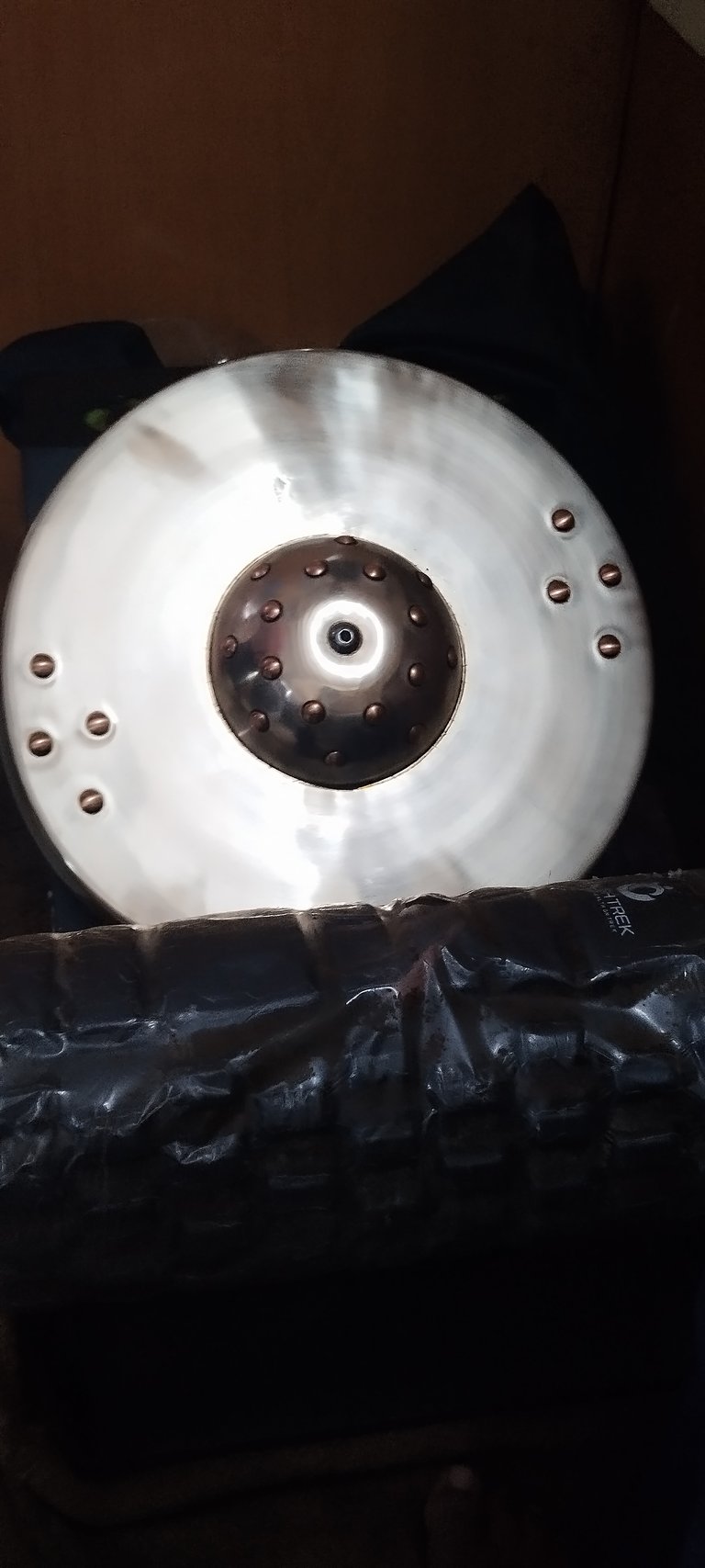

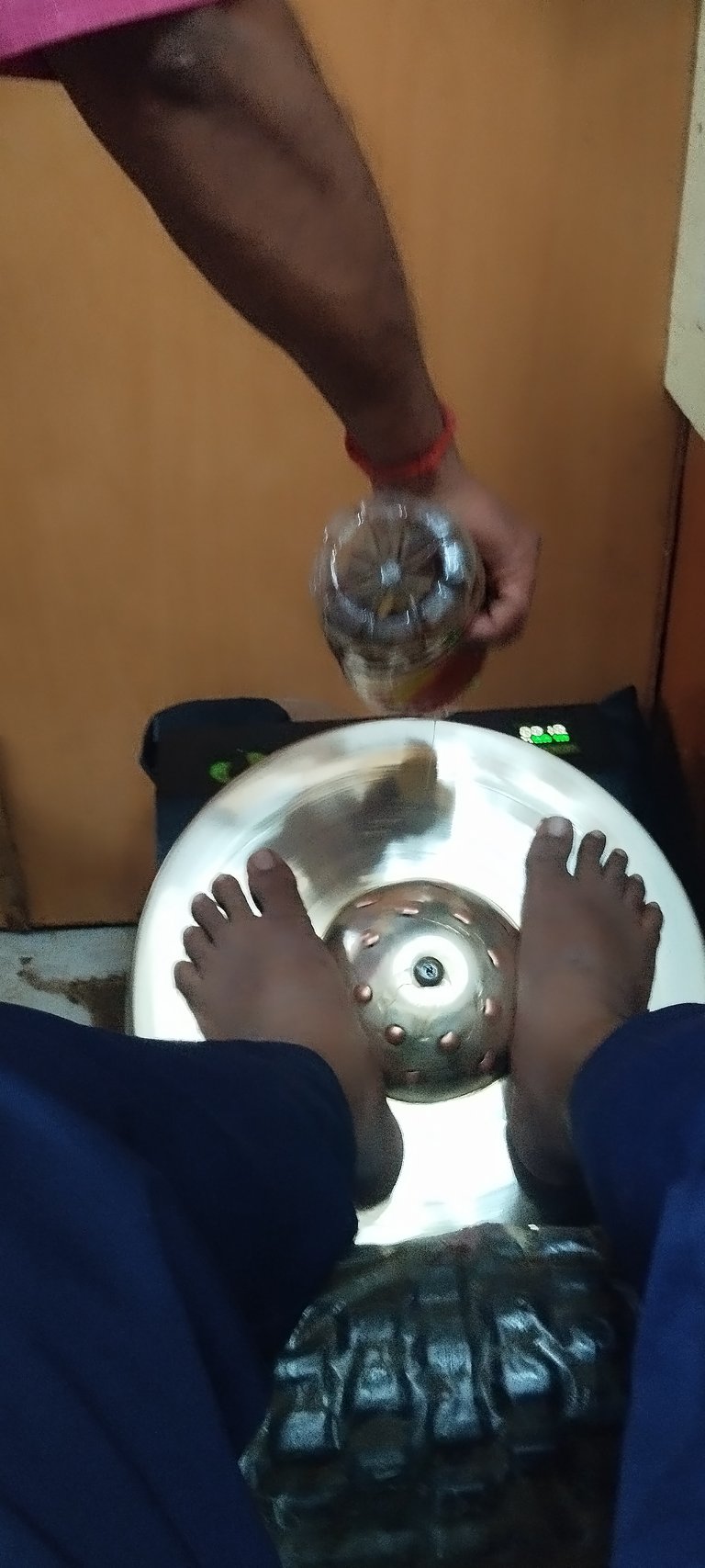
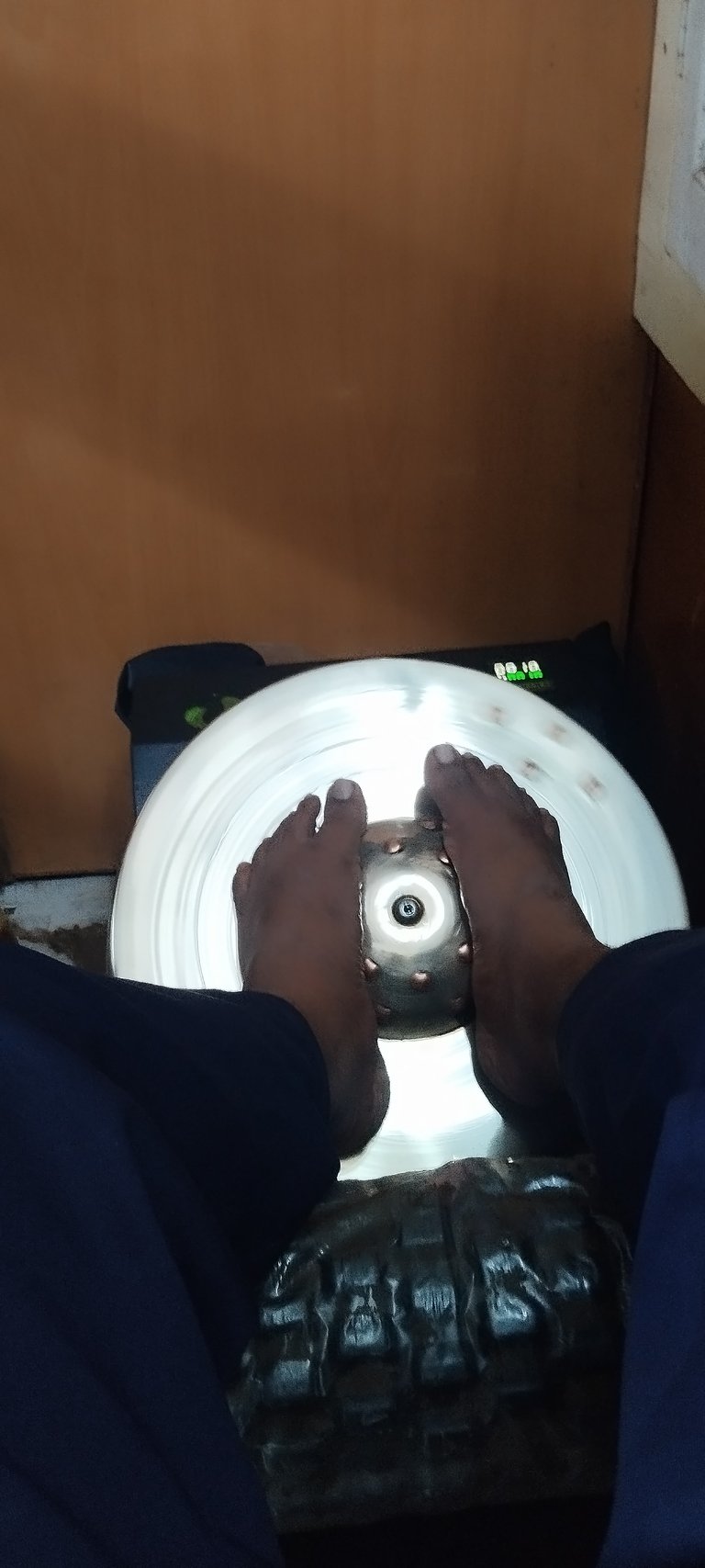
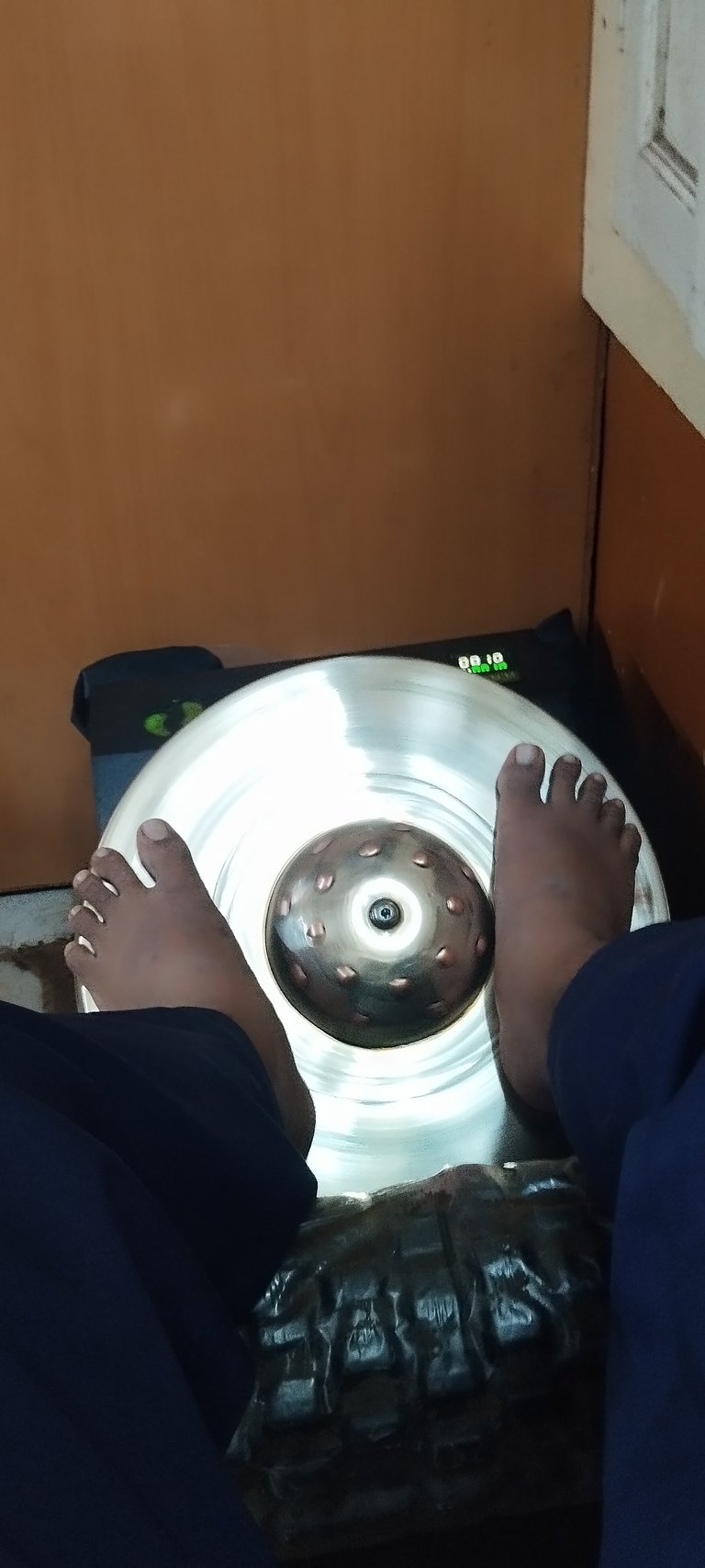
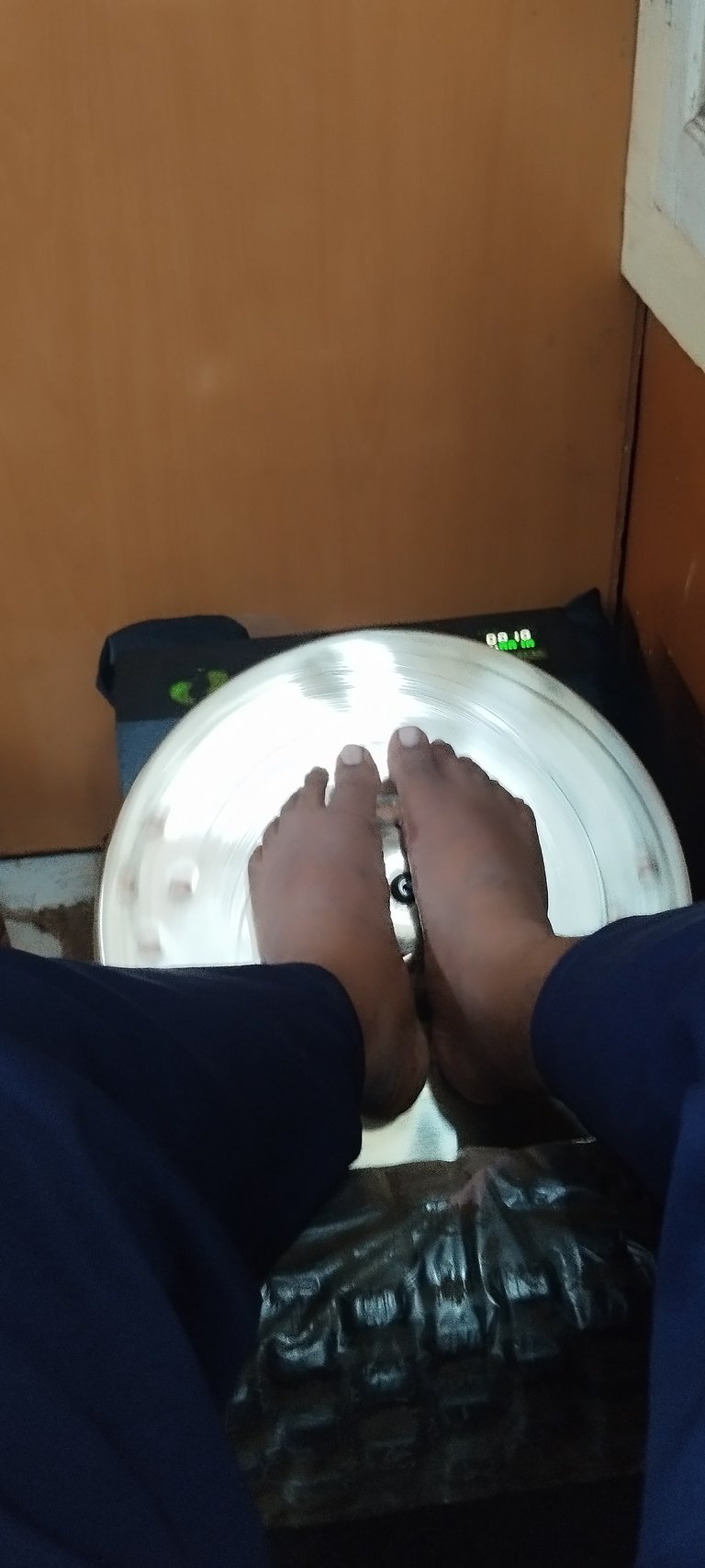
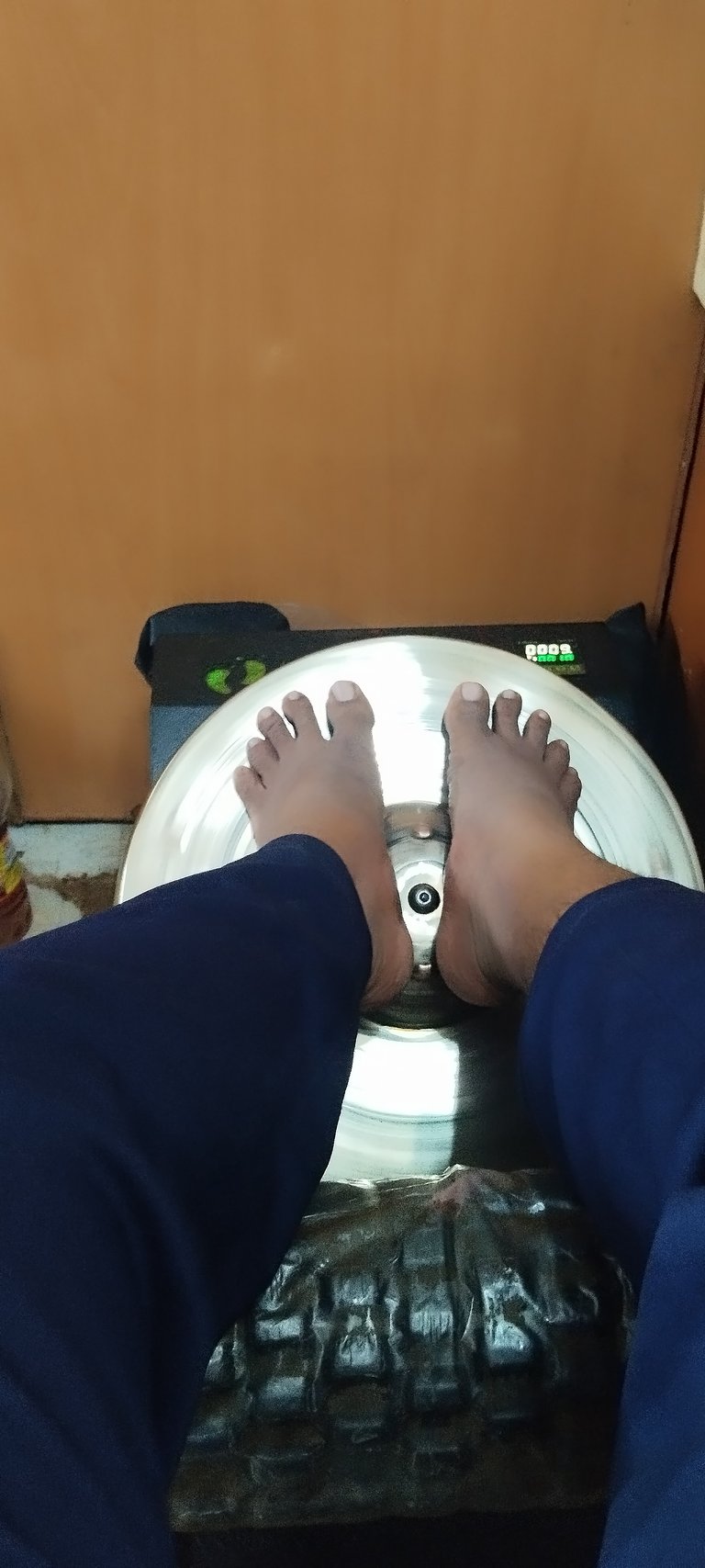
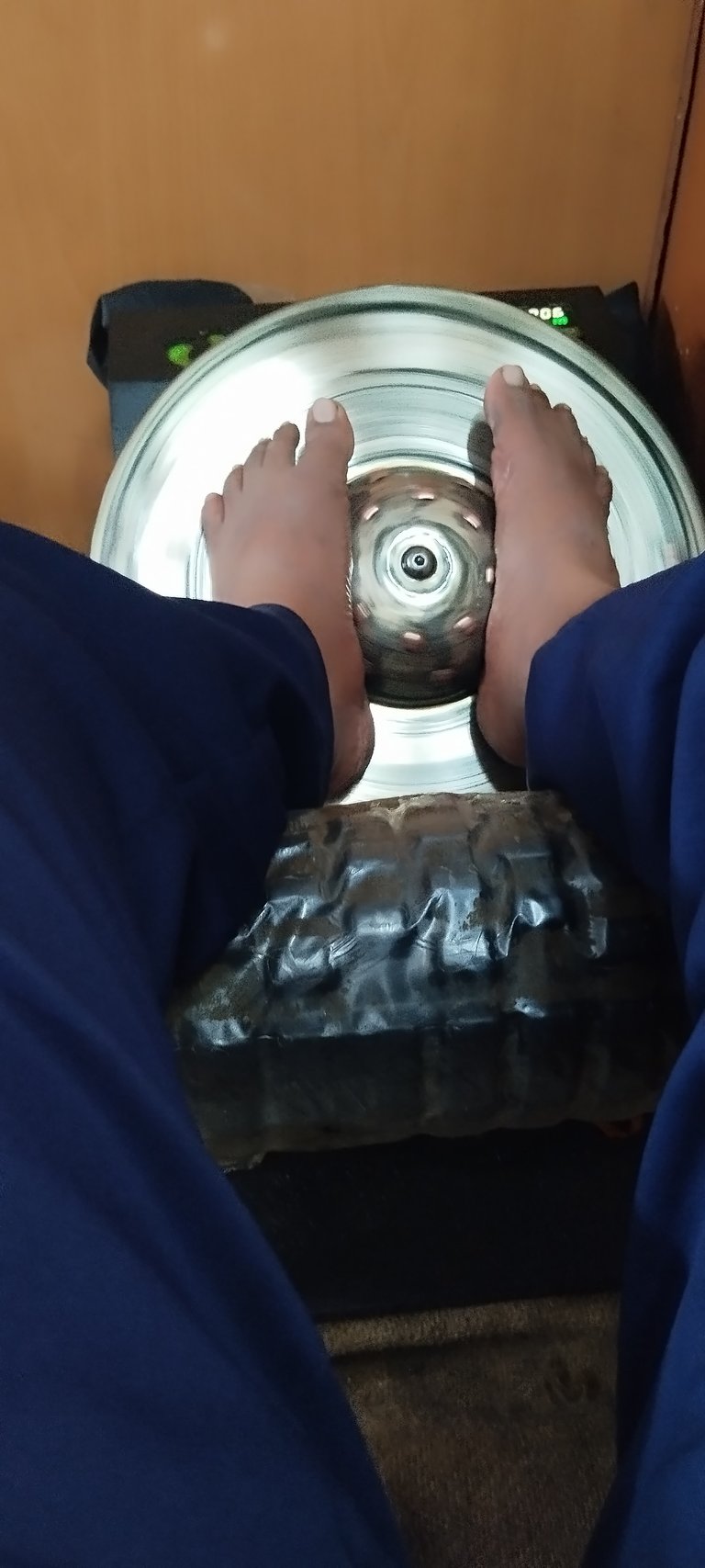
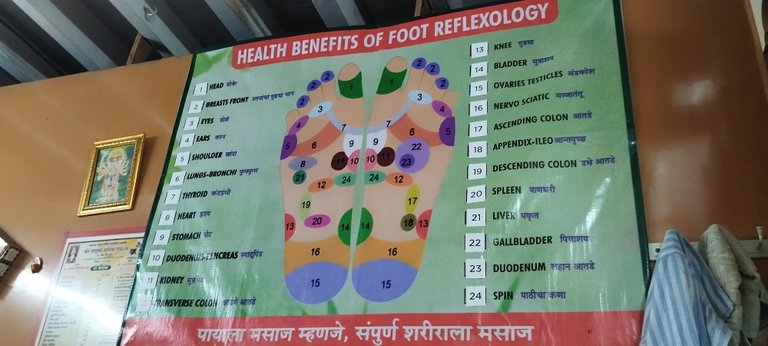
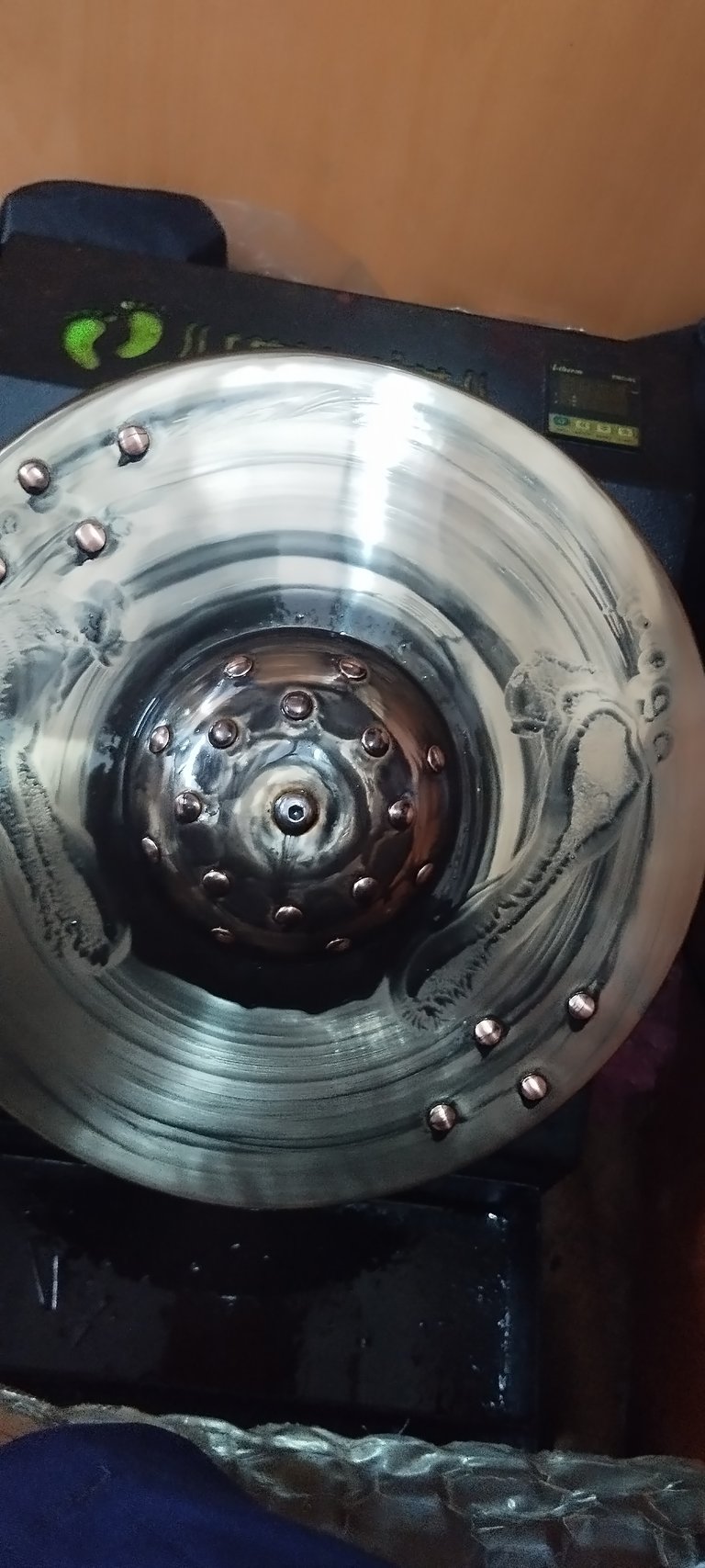

My Personal Experience
When I first tried foot reflexology therapy, I was simply curious. I had heard about its benefits but never really experienced it myself. The first session began with a relaxing foot soak, followed by gentle pressure applied to different points on my feet. Initially, I felt slight tenderness in certain spots, but as the session progressed, a deep sense of calm spread throughout my body.
After a few sessions, I noticed clear improvements:
My sleep quality improved.
Stress levels reduced significantly.
Digestion became smoother.
I felt lighter and more energized.
Even minor headaches started disappearing.
Most importantly, reflexology gave me an overall feeling of well-being and balance that I had not felt for a long time.
The Science Behind Reflexology
While some people see reflexology as an alternative practice, research is growing to support its effectiveness. Studies suggest that reflexology may:
Improve blood circulation, helping oxygen and nutrients reach cells faster.
Stimulate the nervous system, improving nerve function and response.
Encourage the release of endorphins, which are natural painkillers and mood elevators.
Reduce stress hormones like cortisol, which negatively affect the body when high.
Though reflexology is not a replacement for medical treatment, it works as a wonderful complementary therapy that supports natural healing.
Benefits of Foot Reflexology
Based on both my experience and general knowledge, here are some major benefits of reflexology:
- Stress Relief
Stress is the root of many health issues. Reflexology calms the nervous system, bringing deep relaxation.
- Improved Sleep
By balancing energy and reducing tension, reflexology promotes restful sleep.
- Better Circulation
Foot massage stimulates blood flow, which improves cell function and overall vitality.
- Pain Management
Many people find relief from headaches, back pain, and even joint stiffness through reflexology.
- Boosts Energy Levels
When the body’s systems are balanced, energy flows smoothly, making us feel more energetic.
- Detoxification
Reflexology encourages the body to flush out toxins and waste more effectively.
- Support for Digestion
Regular sessions can help improve metabolism and ease digestive issues.
Reflexology Techniques
A reflexology session typically includes:
- Relaxation Phase – Gentle foot massage to loosen tension.
- Thumb Walking – Applying pressure using the thumb along specific reflex zones.
- Finger Pressure – Pressing specific points connected to organs.
- Rotation and Stretching – Improving flexibility of the feet.
The therapist carefully works on different zones, adjusting pressure based on the client’s comfort.
Who Can Benefit from Reflexology?
Reflexology is suitable for almost everyone, regardless of age. It can be especially helpful for:
Office workers dealing with stress and fatigue.
Students under academic pressure.
Elderly people suffering from joint stiffness.
People with insomnia or digestive problems.
However, those with certain conditions like foot injuries, infections, or serious heart problems should consult a doctor before starting.
Reflexology as a Lifestyle Practice
For me, reflexology has become more than just a therapy – it is now part of my lifestyle. After long working hours or stressful days, I take time for reflexology sessions to recharge. Even simple self-reflexology techniques at home can make a big difference.
Pairing reflexology with meditation, yoga, and a healthy diet creates a powerful combination for holistic well-being.
THANKS 🙏
⋆ ᴛʜᴇ ᴘʟᴀᴄᴇ ғᴏʀ sᴏᴜᴛʜᴇᴀsᴛ ᴀsɪᴀɴ ᴄᴏɴᴛᴇɴᴛ ᴏɴ ʜɪᴠᴇ
⋆ sᴜʙsᴄʀɪʙᴇ ᴛᴏ ᴛʜᴇ ᴀsᴇᴀɴ ʜɪᴠᴇ ᴄᴏᴍᴍᴜɴɪᴛʏ
⋆ ғᴏʟʟᴏᴡ ᴛʜᴇ ᴀsᴇᴀɴ ʜɪᴠᴇ ᴄᴏᴍᴍᴜɴɪᴛʏ ᴠᴏᴛɪɴɢ ᴛʀᴀɪʟ
⋆ ᴅᴇʟᴇɢᴀᴛɪᴏɴ ʟɪɴᴋs 25 ʜᴘ⇾50 ʜᴘ⇾100 ʜᴘ⇾500 ʜᴘ⇾1,000 ʜᴘ